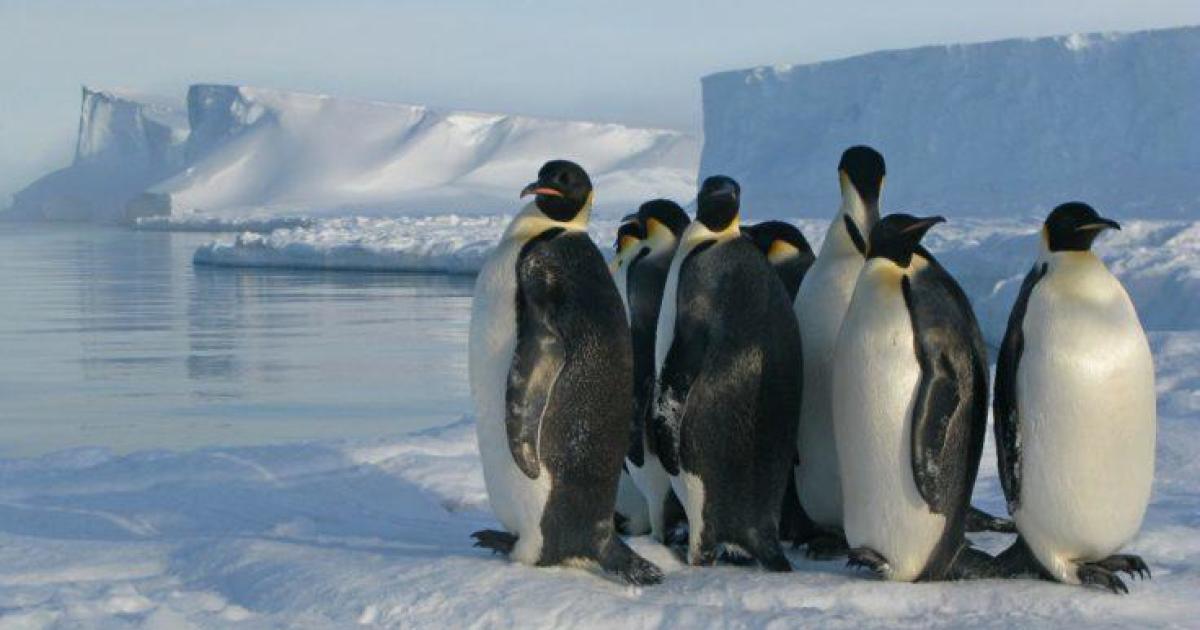Scientists have discovered nearly a dozen new penguin colonies hidden in Antarctica. But it’s not all good news — the colonies are located in a region that is at a high risk of disappearing due to climate change.
A new study, published this week in the journal Remote Sensing Ecology and Conservation, reveals that a satellite spotted 11 new colonies of emperor penguins — nearly 20% more than previously thought. Scientists said the findings help paint a clearer picture of the impact of climate change on the iconic bird.
Images from the European Commission’s Copernicus Sentinel-2 satellite mission revealed penguin excrement stains on ice not previously seen, allowing researchers to find the new colonies. The addition of 11 new colonies brings the global tally to 61 across Antarctica.
Penguin colonies are notoriously difficult to study because they tend to be in highly remote and inaccessible regions with temperatures as low as minus 58 degrees Fahrenheit. Aerial photographs and satellite imagery have long been used to locate colonies.
The smudges on the ice show the existence of an emperor penguin colony. Image taken from the European Commission’s Copernicus Sentinel-2 satellite.
British Antarctic Survey
“This is an exciting discovery. The new satellite images of Antarctica’s coastline have enabled us to find these new colonies,” lead author Dr. Peter Fretwell, a geographer at the British Antarctic Survey (BAS), said in a press release.
While the discovery is good news, the colonies are also extremely vulnerable to melting sea ice — their preferred breeding habitat.
“… the colonies are small and so only take the overall population count up by 5-10% to just over half a million penguins or around 265,500 – 278,500 breeding pairs,” Fretwell added.
The majority of the newfound colonies are located at the “margins” of the species’ breeding range, meaning they are key locations likely to be lost as climate change worsens.
“Whilst it’s good news that we’ve found these new colonies, the breeding sites are all in locations where recent model projections suggest emperors will decline,” said Dr. Phil Trathan, the head of conservation biology at BAS. “Birds in these sites are therefore probably the ‘canaries in the coal mine’ — we need to watch these sites carefully as climate change will affect this region.”
The location of many of the colonies was surprising. Several were located far offshore, in shallow water, shifting scientists’ knowledge of the species’ behavior.
According to BAS, studies suggest that 80% of colonies will decrease by more than 90% by the end of the century if Antarctic sea ice diminishes by half. Even in the best-case scenario based on current climate change trends, the population will decrease by at least 31% over the next three generations.
Emperor penguins (Aptenodytes forsteri) on sea ice at the Brunt ice shelf near BAS Halley Research Station.
British Antarctic Survey
